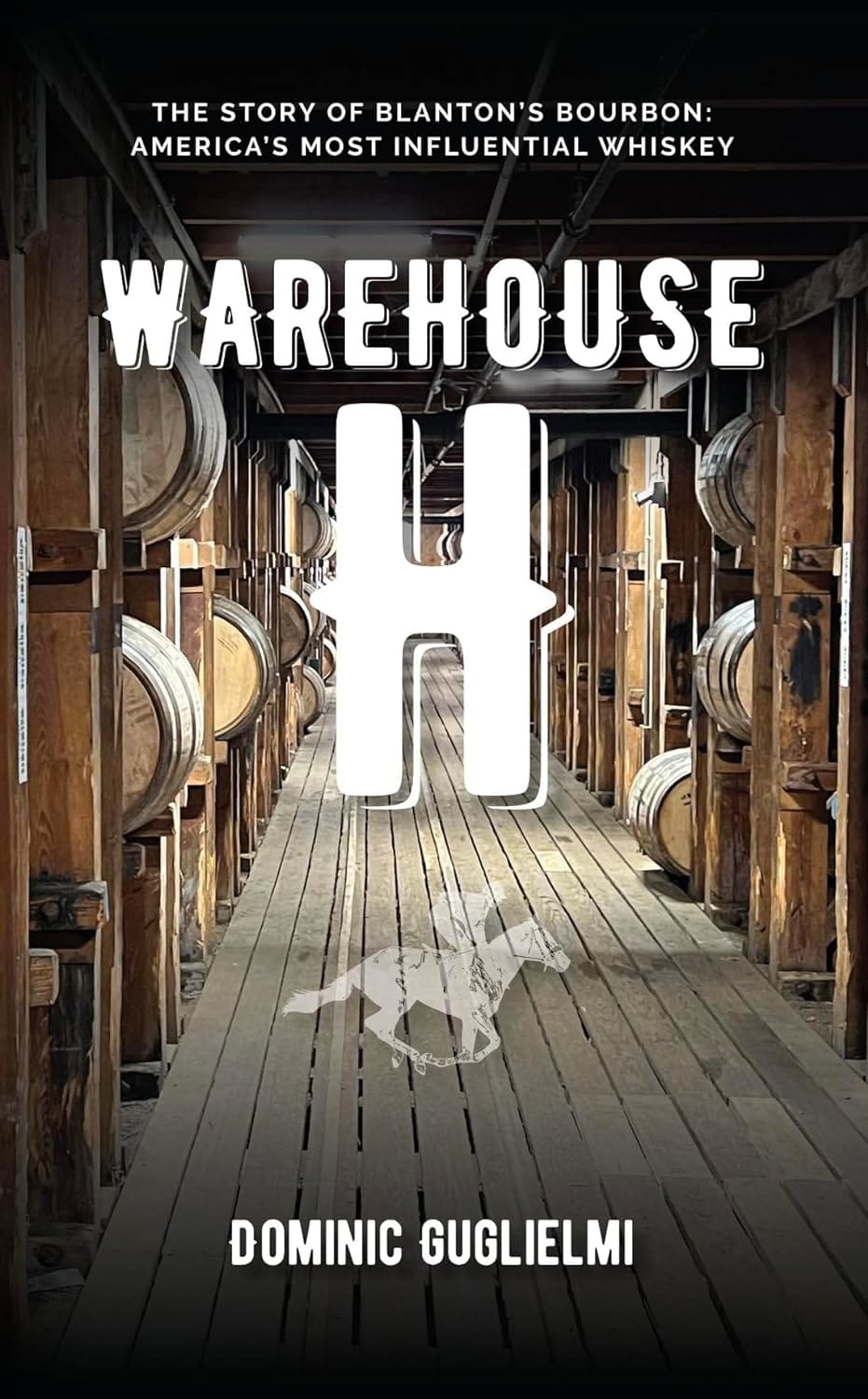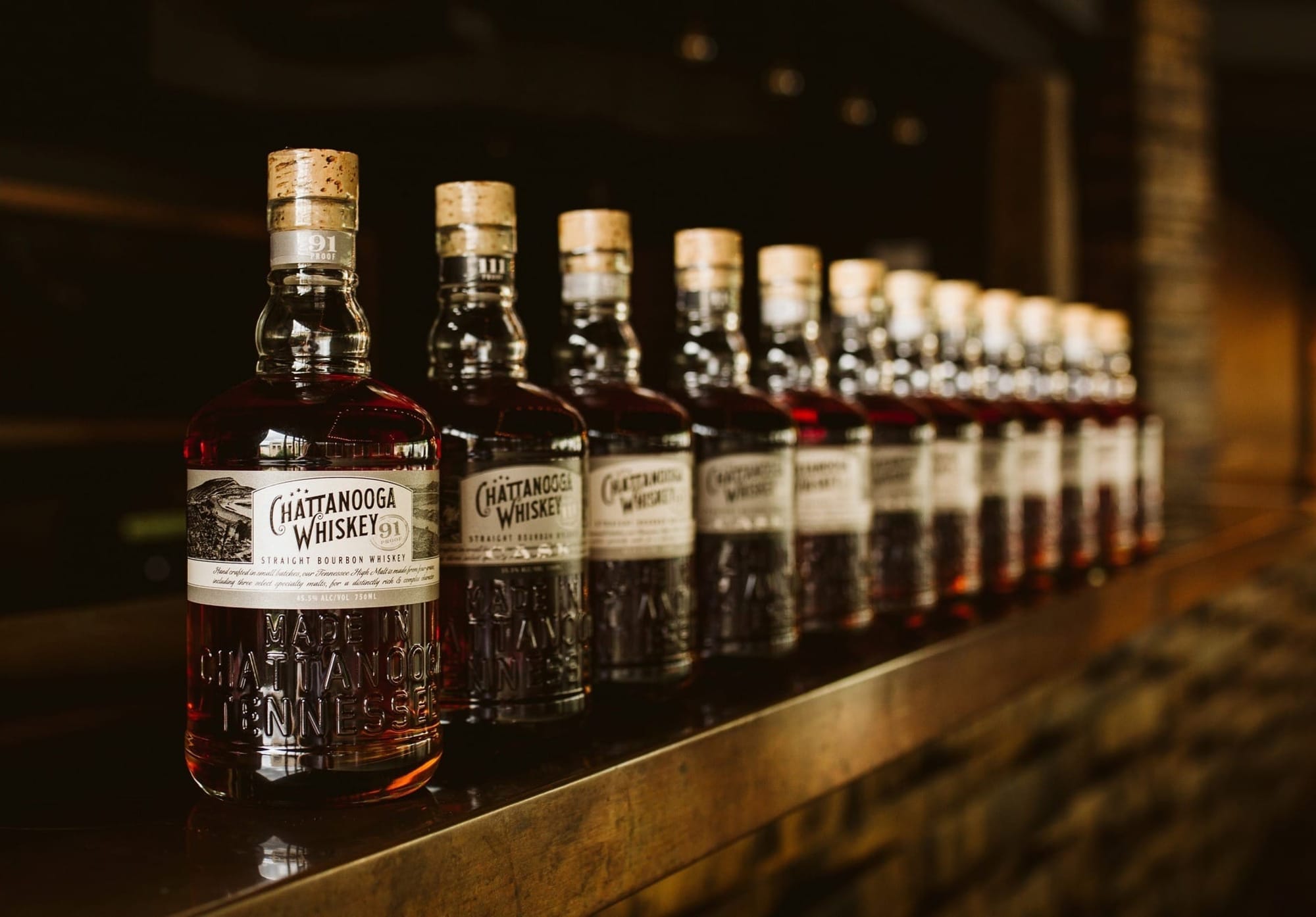MGP to slow whiskey production; potential Trump tariffs; what’s their impact on U.S. drinkers?
Few spirits industry bellwethers are as indicative of overall market conditions as MGPI, and news published yesterday about the Atchison, Kan., firm company surely attracted industry-wide attention.
In a report on TheSpiritsBusiness.com, along with MGPI’s recent third quarter results, the venerable distillery in Lawrenceburg, Ind., announced it will tap the brakes immediately on its whiskey production. The move is in response to its consolidated sales falling 24 percent during the three-month period ending Sept. 30.
The company said it would reduce overall whiskey production and shift its efforts to its branded spirits lines that include Remus Bourbon, Penelope Bourbon and Rossville Union Rye. (MGPI also closed its Atchison, Kan., distillery last year after its neutral spirits demand dropped.)
In short, they’ll make and age less whiskey and then work to boost sales of its branded spirits—sales of which fell 6 percent for the quarter. The lone bright spots in that group were its tequila and American whiskey and tequila portfolios, which rose 1 percent.
A few points to examine
Thee first of which is soft demand for bulk whiskey sold to NDPs and craft distillers. Bulk whiskey moved from inexpensive less than a decade ago to costly when the market got tight. Yet now, prices are falling again as supplies pile up.
If the biggest, best-connected bulk supplier in the market is turning away from that portion of its business, does that open the door for other contract suppliers? Or are they also facing excess inventories that will force them to slow down? And no one wants to consider what that means for distilleries under construction.
Its Remus, Rossville and Penelope lines are, compared to legacy brands, relatively new to the market. Could customers’ lack of knowledge about those be playing a role in their soft sales? Maybe. Longtime whiskey drinkers are creatures of ironclad habit, and if money’s tight, they’re likely not experimenting with unfamiliar bottles.
If MGPI is backing off, surely the company expects this current sales slump to linger for longer than anyone expected or wants. It’s already clear that sales are down at Jack Daniel (nee Brown-Forman), so it’s going to get interesting as other publicly held whiskey companies release their quarterlies in the coming weeks.
Are consumers still whittling down their Covid stocks?
Yes, apparently, or at least according to a story on Wine-Searcher.com. In the article,
SipSource analyst Danny Brager said consumer sales remain low because people haven’t yet drunk up all the bottles they bought when they were stuck indoors.
Really? How much booze did these people buy during the pandemic? How bored did they become that they bought so much beverage alcohol that they’re still sipping away at their stash more than two years after toughest restrictions were lifted?
Let’s do a little math and see if this makes sense. According to the U.S. Department of Health and Human Services, men can have two drinks a day of beer, wine or spiritous alcohol. To simplify matters, let’s just stick to spirits.
If a guy had two 1.5 ounce portions daily, he’d down all but 5.5 ounces of a 25.5 ounce (750ml) bottle each week. At that pace, he’s drinking almost 43 750mls annually. Now add women into the equation: It’s recommended they limit themselves to just one drink of spirits daily, which is 10.5 ounces a week. On the annual, ladies would be downing 21.4 750ml bottles. Of course, not everyone drinks daily, but most everyone drinks more during holidays, on weekends and on vacation, so my math isn’t fully vetted. But it’s still reliable.
Look at it this way: Since liquor stores never closed, why was everyone buying to the point of excess anyway? Who needed a booze bunker when your supplier stayed open? Heck, even restaurants and bars were selling bottles. The stuff was everywhere all the time.
So back to my question: While people clearly bought more during Covid, did they buy so much that they all but stopped after 2022 and haven’t purchased since? Even if you had a year’s supply on the bar that year, how did you not run out in 2023—based on my loose math?
Yeah, I get how people buy—just like me: a bottle here, a bottle there, sometimes not at all and sometimes stock it up! (Face it, loyal readers, regular drinkers don’t stock up like we enthusiasts do. We’re the weirdos here, the people who buy three of one thing at a time to keep the real hoarders and flippers from getting all of it.) The vast majority of drinkers grab a handle, go home, drink it dry and return for the same thing later.
Either researchers know something plebians like me don’t know or I’m correctly sensing these “Covid stash” claims aren’t true. It’s beginning to come off as a convenient excuse for to justify the current spirits industry sales slump.
What effects will Trump tariffs have on spirits?
You knew I’d bring this up at some point. Like him or not, Donald J. Trump is headed back to the White House in 2026. Amondg the suitcase load of scores he’s itching to settle are global trade imbalances he wants to meet with a return to tariffs he applied in 2018. If you recall, those tariffs banged up profits at distilleries large (Jack Daniel) and small (Cactoctin Creek, which saw its diligent work in Europe vaporize).
Trump said promised he’d do it again, and given the way he upped the ante on imported wines just before he left office, one can imagine his ax is already sharpened for battle.
Apparently no one but he is happy about it. American consumers of imported beverages are being told now to stock up before tariffs are reenacted, and distilleries who’d returned to business as mostly normal in Europe can beat the Christmas rush and start fretting now. Scotch makers don’t want it either. They lost an estimated $1.2 million a day while tariffs were in effect until the Biden administration suspended them temporarily.
Enough about grim politics. The question everyone wants answered is how this will affect American distillers and consumers. According to Brian Rosen, potential outcomes are many and multifaceted. As chairman of InvestBev, a private equity group with large holdings in spirits, he’s been coaching his clients to prepare for a number of scenarios.
Those in American whiskey could benefit, he said, because imported whiskeys will cost more, which could lead consumers to switch to American-made products.
“If I’m a U.S. spirits brand supplier or distributor, especially if you’re in Kentucky bourbon, you’re going to be uniquely positioned to make more money,” he said. “Saki, Japanese whiskey, Irish whiskey, Scotch … their prices are going to increase and become too expensive. I’ll think they’ll come to American whiskey.”
The challenge, he said, will be for foreign countries to buy American products and sell them into those markets. “It’ll be too expensive,” he said.
American brands with a global presence—Jack Daniel’s and Jim Beam especially—will feel the pinch on profits, but most mid-tier and smaller producers have little to no presence overseas. In total, he said, American whiskey exports total less than $500 million, well short of the multibillion-dollar domestic market. But $500 million is still $500 million!
Particular to InvestBev, Rosen’s group has $100 million in barreled American whiskey contracted for overseas clients. Managing those investments properly and in current conditions is crucial to their profitability and cost-effective transport of those spirits overseas.
American producers also could face other issues if they have agave spirits in their portfolios since Trump’s grievances with Mexico and issues at the U.S. southern border are well documented. Rosen said he’s working with tequila makers in his group to adjust now to avoid future problems.
“We plan to buy agave-based spirits and keep them stateside before the tariffs take effect,” Rosen said. “We can prepare the business for what a lockdown of the border can look like, whether it’s to make goods in advance or work with distributors to buy ahead. It could be a windfall for our Siempre (tequila) brand … or go the other way.”



